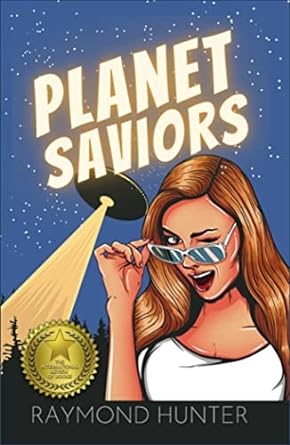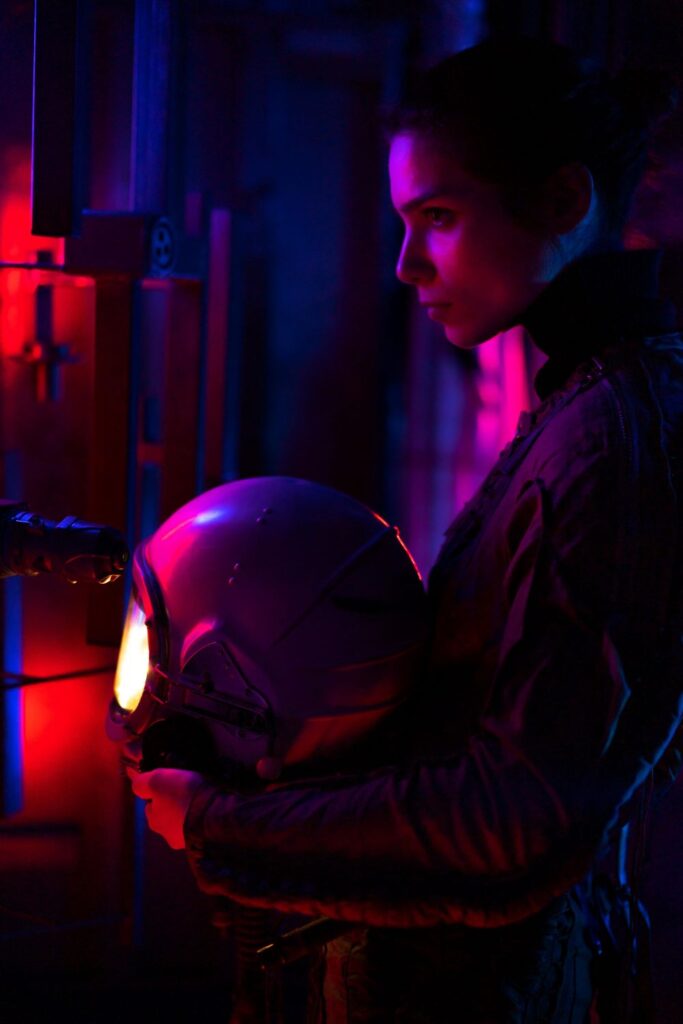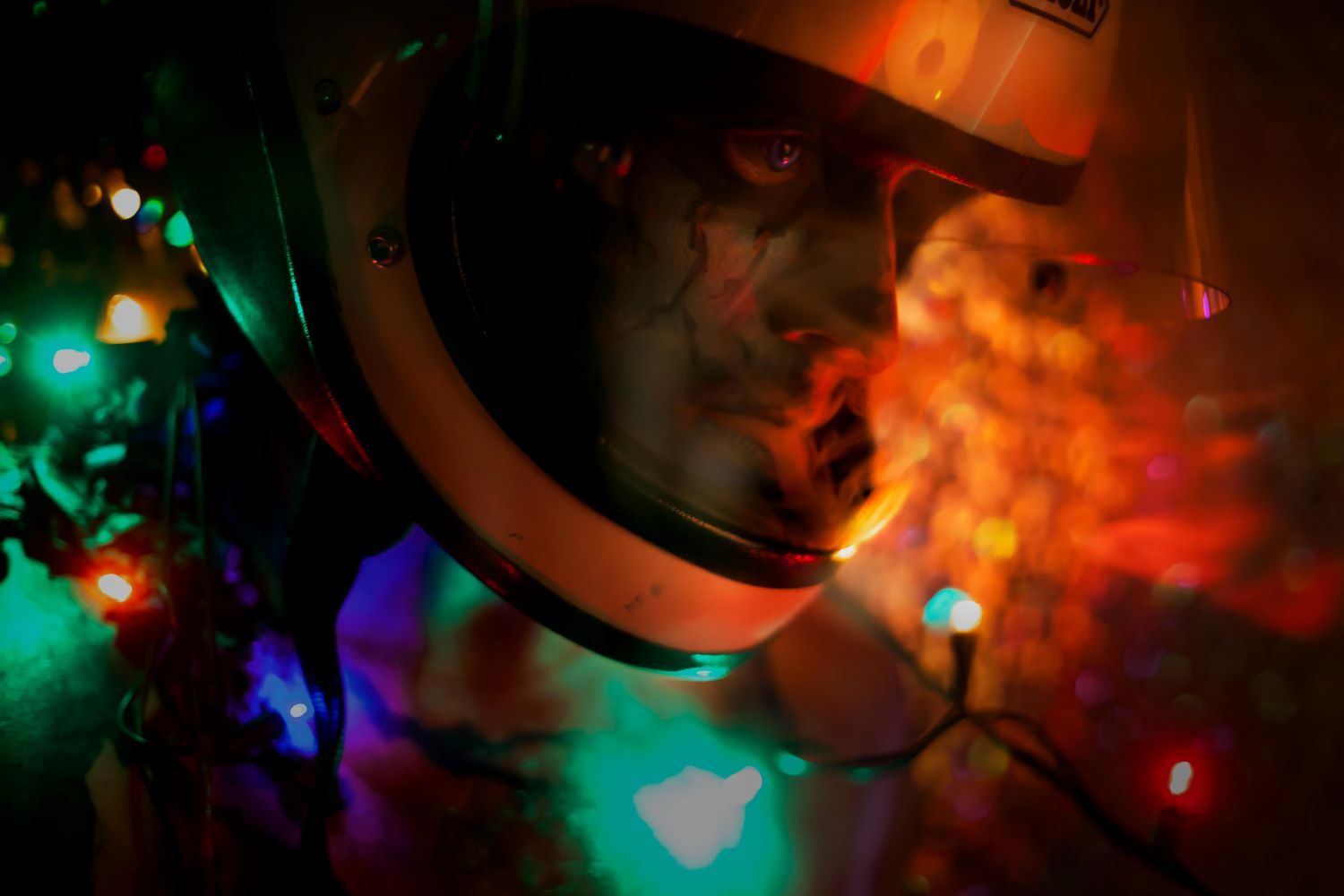Hey writers, ever felt stuck when trying to create a fictional planet for your sci-fi story? Don’t worry, we’ve all been there! Crafting a captivating imaginary world is an art, and in this blog, we’ll tackle the key elements together to offer you some interesting imaginary planet ideas. Get ready to unravel the mysteries of world-building for your next sci-fi masterpiece. Let’s solve the imaginary planet puzzle and make your story out of this world!
11 Tips for Writers on Crafting Imaginary Planet Ideas
1. Conceptualizing Your Imaginary Planet:
To start, consider the purpose of your imaginary planet. Is it a thriving hub of advanced technology, a mystical haven, or perhaps an abandoned wasteland? Begin by defining the planet’s primary characteristics, such as its size, atmosphere, and proximity to its star. This foundational step sets the stage for a compelling narrative.
Pro tip: Think about the planet’s history. Is it a relic of a bygone era or a beacon of hope for the future? These details add layers to your world-building.
In “Planet Saviors” by Raymond Hunter, the author begins the narrative by introducing Mund as a futuristic and technologically advanced society. However, within the same paragraph, he also sets the ground, through the story’s protagonist Stella, regarding how the efforts to turn this planet into a paradise have back-fired and created more issues. Hence, the readers know where the narrative will further progress as Stella finds a solution to save her planet’s people from extinction.

2. Physical Features:
Describe the landscape and physical features when thinking of imaginary planet ideas. Is it covered in lush, bioluminescent forests, or does it boast towering crystalline structures? Consider the geological formations, climate, and any unique phenomena that make your planet stand out. Engage your readers with vivid imagery to transport them to this fantastical realm.
Pro tip: Incorporate elements that evoke the senses, such as describing the scent of alien flowers or the feel of the planet’s unique soil.
3. Unique Energy Sources:
Want some spark in your list of imaginary planet ideas? Electricity as the energy source won’t be enough; you must think outside the box. Power your imaginary planet with unconventional energy sources that go beyond earthly norms. Whether it’s crystalline energy harvested from the planet’s core or bio-organic power harnessed from the local flora, these unique energy sources can become pivotal elements in your story. Consider the societal, environmental, and political implications of such power.
Pro tip: Introduce the concept of energy scarcity or abundance to add another layer of complexity to your narrative.
4. Celestial Phenomena:
Elevate the otherworldly charm of your imaginary planet by introducing celestial phenomena. Consider unique moons, dazzling auroras, or peculiar cosmic events that shape the planetary experience. These elements not only add visual spectacle but can also influence the behavior and culture of the inhabitants.
Pro tip: Use celestial events strategically in your plot, creating moments of tension, revelation, or celebration.
5. Flora and Fauna:
Populate your imaginary planet with a diverse ecosystem. Create flora and fauna that are both awe-inspiring and peculiar. Perhaps there’s a species of bioluminescent butterflies that flutter through the alien skies or colossal, with giants roaming the plains. Infuse life into your world with creatures that capture the imagination.
Pro tip: Consider the symbiotic relationships between different species. This adds depth to your planet’s ecology.
6. Cultural and Societal Aspects:
Delve into the societal structures and cultural nuances of the inhabitants of your imaginary planet ideas. Are they a technologically advanced society, deeply rooted in tradition or nomadic wanderers? Explore how the planet’s environment has shaped its inhabitants’ way of life, beliefs, and values.
Pro tip: Develop a unique language or dialect for the inhabitants, adding authenticity to your world.
7. Intriguing Societal Traditions:
Deepen the cultural tapestry of your imaginary planet by incorporating unique societal traditions. These could range from elaborate ceremonies during celestial events to annual rituals that commemorate significant historical milestones. These traditions provide rich world-building opportunities and can serve as plot catalysts or points of conflict.
Pro tip: Explore the evolution of these traditions over time, showcasing how they have adapted or transformed in response to changing circumstances.
8. Historical Anomalies:
Infuse your imaginary planet with historical anomalies that pique the curiosity of your readers. Unearth ancient ruins, mysterious artifacts, or enigmatic remnants of a bygone era. This adds a layer of intrigue to your world and opens avenues for exploration, discovery, and the unraveling of untold stories.
Pro tip: Connect the historical anomalies to the current state of your imaginary planet, creating a narrative bridge between past and present.
9. Conflict and Challenges:
Every captivating story needs conflict, which is why you must forehand plan your narrative’s plot when looking for imaginary planet ideas. Identify the challenges that the inhabitants of your imaginary planet face. These challenges will drive your narrative forward, whether it’s a natural disaster, political turmoil, or an impending cosmic threat. Consider the stakes and how overcoming adversity shapes the destiny of your characters and their world.
Pro tip: Introduce a moral or ethical dilemma that reflects the unique aspects of your imaginary planet.
10. Technological Marvels:
If your imaginary planet is home to an advanced civilization, explore the technological wonders that define their society. Envision futuristic cities, cutting-edge inventions, and mind-bending advancements. Balance the awe-inspiring with the relatable, ensuring that your readers can connect with the technological marvels on a human level.
Pro tip: Show the impact of technology on daily life, exploring its benefits and drawbacks.
11. Transportation Methods:
Consider how the inhabitants of your imaginary planet navigate their surroundings. Whether it’s sleek spacecraft, airborne creatures, or teleportation devices, the transportation methods can significantly impact the pace and dynamics of your narrative. Delve into the mechanics, limitations, and cultural significance of these modes of transportation.
Pro tip: Use transportation as a storytelling device, creating thrilling chase scenes, daring escapes, or unexpected encounters.

Add “Planet Saviors” to Your Cart Today!
Remember, the key to a truly immersive sci-fi experience lies in the intricate details that bring your imaginary planet ideas to life. So, go forth and let your creativity soar beyond the stars, crafting worlds that will stand the test of literary time. Happy writing, and may your imaginary planet ideas flourish into unforgettable tales!
If you want more inspiration for sci-fi writing, Raymond Hunter’s Planet Saviors is a must-read. Order your copy now and learn the art of crafting different planets and worlds effortlessly.




